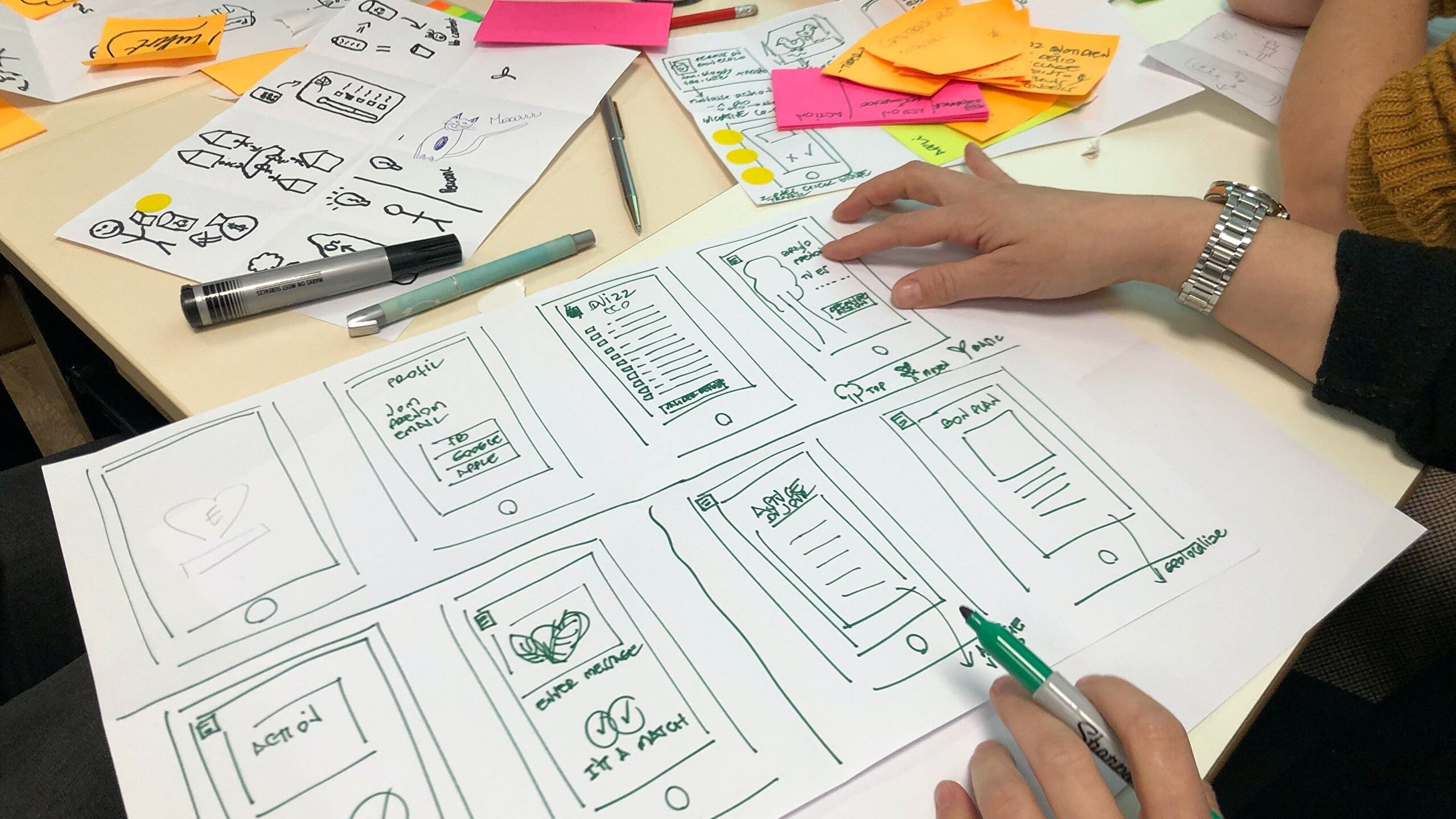5 Content Design Skills That Every Product Team Needs to Succeed

Author Danny Harrop-Griffiths has been a content designer and UX writer for over 10 years. He’s recently joined Berghs School of Communication as Course Director for the Content Design and UX Writing course. In this guest post for Berghs he lays down the 5 key content design skills every product team needs to make their app or website shine.
When my Granny asks me what my job is, I tell her I teach people to write stuff on their computer. In quick, informal introductions to new colleagues, I say “I do the words.” That’s true, but the days of ‘putting the words in’ at the end of the design process are (hopefully) becoming a thing of the past with the rise of content design and UX writing.
I’ll be using the terms content designer and UX writer interchangeably here. For the purpose of this post, they’re the same thing.
Every product team - the collection of people who design, build and ship the features in apps and websites - needs a content designer. The problem is, everyone thinks they’re a writer, so content designers are often invited to the party way too late in the design process, or not at all. We do a lot more than add the words at the end.
Here are five content design skills that every product team needs:
1. Effective stakeholder management
As a content designer, half my job is explaining to people why I exist. This used to really annoy me until I realised this is a key part of my job with lots of ways to do it. Explaining what I do just isn’t effective. So I use ‘show, don’t tell.’ It’s way more effective to show a page or button before and after some content design, or to bring stakeholders to watch a usability testing session, hearing real users say; “I don’t know what this is” rings much louder than, “we need X amount to redesign this webpage, because we think users don’t understand it.”
2. Zooming in: looking at the details
The right word or phrase at the right time can make a huge difference as to whether a product is used again and again or quickly discarded for a competitor. The story of the 300,000,000 dollar button is a rather extreme version of how a small UX copy change can make a big impact in user behaviour. Content design picks the words that users use and understand best. Sometimes it can be surprising, a cancellation button shouldn’t say “Cancel” for example. Zooming out is also important of course, for many things, including consistency of terms and a uniform tone of voice.
3. Data, research and testing make a huge impact
A key part of my content design work is user research. Without looking at data such as bounce rates and time on page, or tools like usability testing, surveys or card sorting, I’m a copywriter. With the personal opinions of my boss, colleagues and stakeholders, the result is a lot of back-and-forth emails, meetings and compromise. This is a very useful skill for marketing and brand, but in product design, it means users are not coming first. I’d be focused on trying to make my boss or senior stakeholders happy by going along with their (perhaps not very good) suggestions.
By putting the needs of users first (the concept of user needs is a central part of content design) and by looking at their behaviour with qualitative and quantitative research, I don’t have to think as much about opinions or clashing personal choices. Designing by committee is an assured way to get a terrible end result. User research avoids that.
4. Humility and open-mindedness lead to effective collaboration
Some spiritual principles here - hear me out… My content design is only ever as good as how well my users can ‘do the thing.’ Whether that’s ordering a new bank card, buying a pizza or finding a dogsitter, I measure my effectiveness in the ease-of-use of the product or service I’m designing. By putting users first, my ego is out of the way. By focusing on the user, I can get to the core of the problem with a user-centric solution.
5. Fail early, improve often
At a content critique, or ‘crit’ I share my work early with my team. Gone are the days where I would spend two days writing something, only to feel deflated by feedback that would lead to a total rewrite. Now I ‘fail early, improve often.’ By sharing an early draft at a crit, I get early feedback and a much clearer direction for the rest of the writing process.
Whether you're a seasoned product designer or are just starting out on a UX journey of your very own, applying content design skills to your work in communication can only mean better results. Learn and apply these skills and more in Berghs' Content Design & UX Writing course.
Related Articles

7 Questions for a Content Design Expert
This autumn, Berghs will be offering 4 on-site courses in English for the first time!

Diving into Brand Strategy from Barcelona
An established Brand Designer working out of Barcelona, we spoke with recent Berghs alumni Stefanie to hear about her experience in our Brand Strategy course, professional transitions into new areas, and why continued education is a part of her future.

Unlocking the Power of Brand Strategy
Having recently finished Berghs' 12-week online Brand Strategy course, we caught up with Berghs alumni Marija, pianist turned programmer turned visual/product designer.